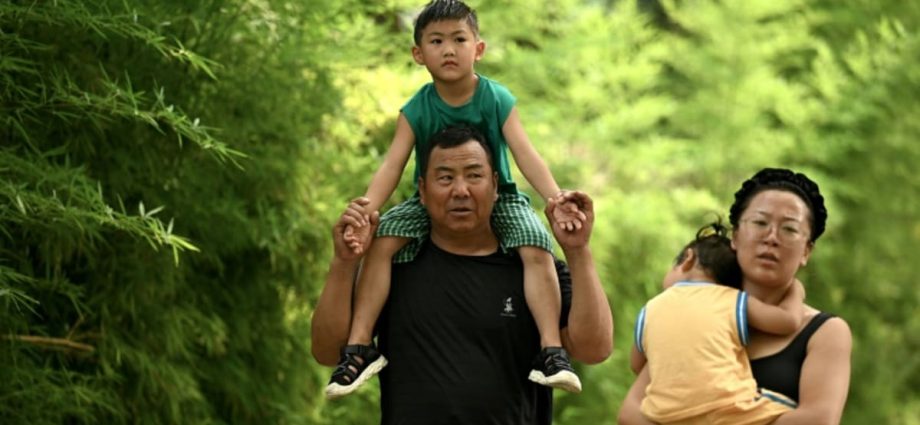
“Greater attention should be paid to data changes related to improving the quality of child-rearing, including but not limited to changes in the scale of day care facilities, the enhancement of prenatal and postnatal care quality and increased investment in preschool teacher training,” said the Institute of Public Policy analysis by policy analyst Yang Tingxuan.
Last year, the number of kindergartens in China fell for the first time in 15 years, while the number of students enrolled in kindergartens and preschools also dropped, the Ministry of Education confirmed in July.
Unlocking reproductive potential requires a family-friendly and child-friendly environment that values individual development, family welfare and the easing of work-family conflicts, the survey added.
Analysts have said births in China could plunge further to between 7 million and 8 million this year, further clouding its demographic outlook.
China’s fertility rate dropped to 1.09 in 2022 from 1.3 in 2020, according to estimates from the China Population and Development Research Centre, which they said was the lowest level for countries with a population of over 100 million.
“While this remarkably low fertility rate may be partly attributed to the impact of the pandemic, the trend indicates that the decline has been gradual since the small peak of 1.88 in 2017,” the Institute of Public Policy survey said.
“This suggests that, with the fading effects of the fertility policy adjustments, the downward trend in fertility rates has become an unavoidable norm.”
The government should also take more proactive measures to coordinate childbirth policies, and protect the childbearing-age population from any penalties, the survey added.
This article was first published on SCMP.

